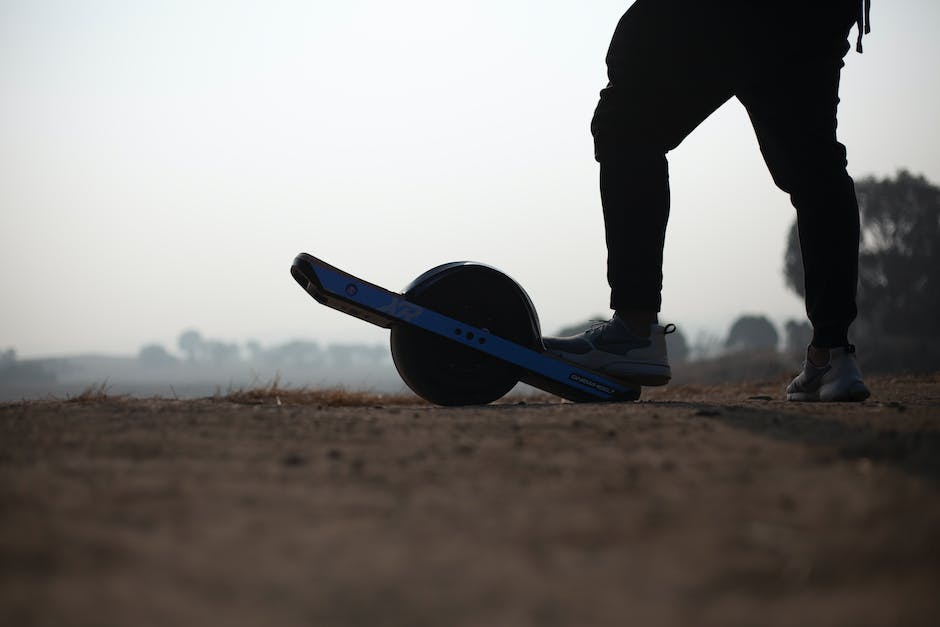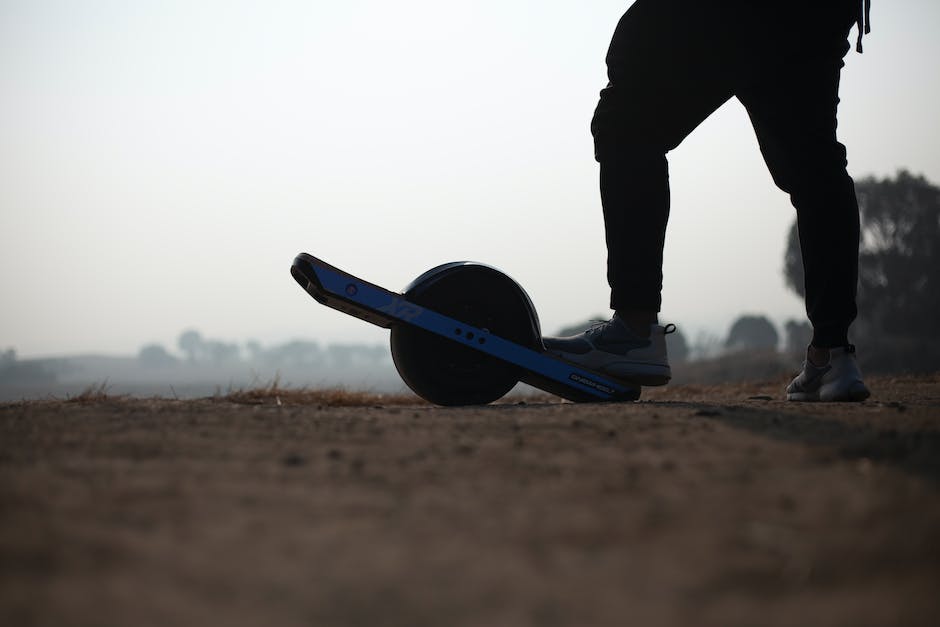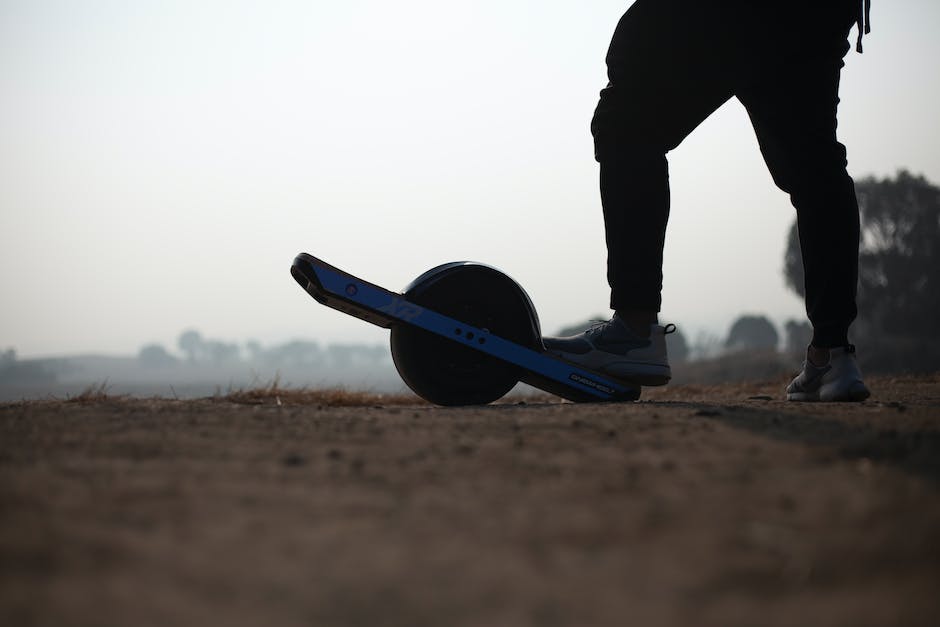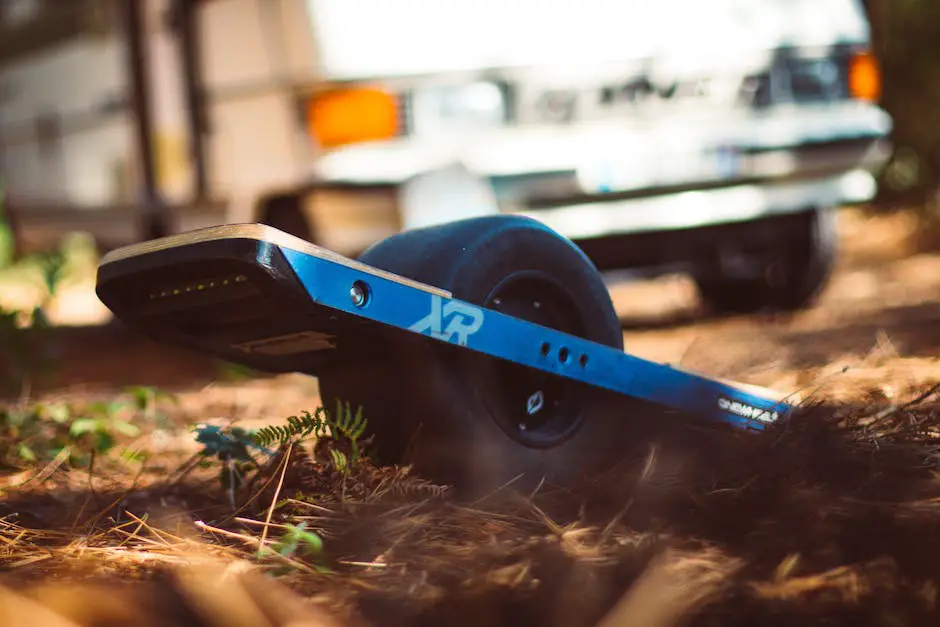When we delve into the heart of electric skateboarding, the pulse of every kick-push comes from its motor system. Among the variety of drives that bring e-skateboards to life, belt-driven motors stand out for their unique blend of power and precision. This exploration takes us through the cogs and wheels of these systems, revealing how they transfer the roar of energy into the whisper of movement beneath our feet. From torque to tranquility, we’ll dissect the advantages and challenges that come with this type of motor, guiding enthusiasts to understand the full scope of their ride’s heartbeat.
Understanding Belt-Driven Motor Systems
Electric skateboards are an innovative mode of personal transport that have gained popularity for their efficiency and fun factor. With the help of belt-driven motors, these boards provide a smooth ride, allowing riders to glide effortlessly over various surfaces. But just how do these motors power electric skateboards? Let’s delve into the mechanics.
At the heart of a belt-driven electric skateboard is the motor—specifically a brushless DC motor in most cases. These motors are known for their reliability, longevity, and efficiency. They convert electrical energy, which they receive from the skateboard’s battery, into mechanical energy, resulting in the rotational force that moves the wheels.
The crucial piece that transmits this force to the skateboard’s wheels is known as the belt drive system. This system includes a pair of pulleys and a belt. One pulley is attached to the motor, often referred to as the motor pulley, while the other is connected to one of the skateboard’s wheels, the wheel pulley. The belt—a loop made of rubber or a similar material—fits around both pulleys.
When the rider activates the skateboard’s throttle, usually via a handheld remote, the electric signal from the remote tells the motor to spin. As the motor pulley turns, the belt—which is snuggly looped around this pulley—begins to move in a circular motion. Because the belt is also wrapped around the wheel pulley, this pulley’s rotation follows.
This energy transfer allows the skateboard’s wheels to roll, propelling the board forward. The tight grip of the belt ensures that the motion generated by the motor pulley is effectively transferred to the wheel pulley with minimal slippage, providing a seamless ride.
A key consideration in the function of belt-driven motors on electric skateboards is the ratio between the size of the motor pulley and the wheel pulley. A smaller motor pulley in comparison to the wheel pulley will generally result in greater torque, giving the skateboard better acceleration and hill-climbing capability. Conversely, a larger motor pulley could lead to higher top speeds but lower torque. Skateboard designers carefully consider this ratio to achieve the desired balance of speed and power for the electric skateboard.
Regular maintenance of the belt drive system is essential for optimal performance. Belts can wear out over time and may need replacement, while keeping pulleys free of debris prolongs their life and maintains efficient energy transfer.
Electric skateboards equipped with belt-driven motors offer a responsive and powerful riding experience. Whether commuting through city streets or cruising in the suburbs, riders can enjoy the technology that makes these boards an excellent choice for modern, eco-friendly transport.

Criteria for Evaluating Motor Power
When it comes to determining the best belt-driven motor power for your electric skateboard, several factors come into play. This is essential knowledge, as the right motor power will ensure a handle on hills, headwinds, and hauling needs. Let’s break down the key elements that influence the motor power choice.
Torque and Thrust
A motor’s torque is its twisting force that propels the skateboard forward. A higher torque generally means that your board can accelerate faster and tackle steeper inclines. When selecting motor power, consider your typical riding terrain. If you live in a hilly area or plan on climbing inclines regularly, a motor with higher torque will be imperative.
Rider Weight
This is a no-brainer: the more a rider weighs, the more power the motor will need to deliver optimal performance. It’s vital to choose a motor that can effectively support the weight range within which you fall. Heavier riders may opt for motors with higher wattage to ensure their skateboard doesn’t lag on speed or strain under pressure.
Wheel Size
The wheel size of your skateboard affects how motor power is translated to speed and torque. Larger wheels might require more motor power to maintain acceleration and velocity because they cover a greater distance with each rotation. But they also contribute to a smoother ride over rough terrain. Finding the right motor power will be a balance between desired speed, control, and the type of ride you’re after.
Battery Capacity
A belt-driven motor is dependent on a battery, and the battery’s capacity can place a ceiling on the motor’s power. An underpowered battery won’t be able to unleash the full potential of a powerful motor. So when you’re selecting your motor, make sure your battery capacity matches or exceeds the motor’s power demands. It’s like making sure you’ve got enough fuel in the tank for a high-performance engine.
Speed Requirements
Consider how fast you want to go. The motor power influences top speed, but there’s a trade-off between speed and range. A powerful motor that can propel you at high speeds will also consume more battery life. Balance your need for speed with how far you want to ride on a single charge.
Environmental Conditions
Factor in the conditions you’ll likely encounter. If your area is windy, a motor with enough grunt to combat headwinds without draining the battery too quickly will serve you well. Similarly, if you ride on rough or uneven surfaces more often than not, opting for a motor with more power can help overcome those additional resistances.
Personal Riding Style
Lastly, let’s talk about your riding style. If you’re someone who enjoys a leisurely cruise, you might not need as much power. However, if adrenaline is your middle name and you seek the thrill of speed and acceleration, aim for a motor on the higher end of the power spectrum.
Selecting the best belt-driven motor power is a personalized process. It requires weighing the factors of your environment, your physical characteristics, ride preferences, and the skateboard’s technical aspects. Make an informed choice to ensure you have a fulfilling and fun riding experience, every time you hit the pavement.

Top Belt-Driven Motors for Performance and Reliability
Electric skateboarding thrives at the intersection of recreation and urban mobility, encompassing a vibrant community of enthusiasts and commuters alike. A pivotal aspect pushing the boundaries of this technology is the incorporation of belt-driven motors, known for enhancing performance and reliability in skateboards.
When it comes to belt-driven motors standing out in the current market, a few key players are worth highlighting, offering enthusiasts the blend of power and efficiency they crave.
Renowned Players in Belt-Driven Motors
- First on the scene is the Boosted Board, a name synonymous with quality in the realm of electric skateboards. Known for their smooth acceleration and robust power, Boosted motors utilize custom-designed belts that are the lifeblood of their torque-heavy, hill-climbing prowess. These skateboards excel in agility, making them a prime choice for riders navigating the diverse terrain of urban landscapes.
- Another trailblazer is Evolve Skateboards. Evolve’s dedication to top-tier performance is evident in the meticulous engineering behind their GT series. With a penchant for precision, these motors deliver the finesse needed to carve pavement with the fluidity of a brush on canvas. The result is a ride that feels interconnected with the rider’s intentions.
- Enter Exway, a newer contender that merges next-generation technology with belt-driven systems. Compact yet potent, Exway motors are designed for sleekness and structural integrity. Riders of Exway boards appreciate the delicate balance of unyielding performance and portability that doesn’t shy away from demanding street choreography.
- Metroboard proves itself with relentless durability and an almost obsessive attention to detail. With a reputation for industrial-grade components, Metroboard’s belt-driven motors are engineered for longevity. Riders loyal to this brand favor the confidence that comes with a system robust against the wear and tear of daily use, providing peace of mind mile after mile.
Each of these brands has guided electrical skateboarding’s evolution, continuing to refine belt-driven systems for increased efficiency and rider satisfaction. As they advance, we observe the anticipated enhancements in waterproofing measures, material resilience, and power-to-weight ratios necessary for a new era of electric skateboarding.
Factors Shaping the Market Leaders
Leading the market isn’t solely about the brute strength of the motors. Companies that innovate within this space also consider the symphony of external factors impinging upon a rider’s experience. For example, rider weight is a critical consideration, with motor designs needing to provide sufficient torque to accommodate a spectrum of users. Brands that engineer versatility into their motors tend to rise above the competition.
Wheel size also plays a significant role. A motor designed to work with various wheel diameters offers adaptability, allowing riders to customize their boards according to their preferences and the environments they traverse.
Moreover, battery capacity directly impacts motor performance. High-capacity batteries ensure that peak motor performance is sustained over longer rides, a standard offering among market leaders.
Riders demand various speeds to match their riding styles, from the adrenaline-fueled racer to the casual cruiser. Motors catering to these diverse requirements through customizable settings or gears find themselves appreciated by a broader audience.
Lastly, environmental conditions, including road quality and weather, significantly influence motor design. The top belt-driven motors are distinguished by their resilience, capable of maintaining performance despite these challenges.
Without a doubt, electric skateboards powered by belt-driven motors are paving the way for a future where personal transport is as efficient as it is pleasurable. The brands consistently iterating on their designs hold the torch, illuminating the path for others to follow as the industry accelerates into an electrically empowered tomorrow.

Real-World Applications and User Experiences
Belt-Driven Motors: A Closer Look at Their Role in Electric Skateboarding
When the chatter in the skatepark turns to the topic of electric skateboarding, the conversation inevitably zooms in on the type of motor powering the ride. Among the various types, belt-driven motors have carved out a unique reputation for adding zest to the skater’s journey. Let’s delve into how belt-driven motors impact the world of skateboarding for the everyday enthusiast.
The Essence of Power and Precision
Powering up a hill or maneuvering through city streets, electric skateboards equipped with belt-driven motors offer a potent blend of power and precision. It’s this very combination that can mean the difference between a seamless glide and a stutter-filled ride. The raw thrust afforded by belt-driven systems is particularly apparent when comparing them with their hub motor counterparts. This gusto not only satisfies the thrill-seekers among us but also reassures those relying on their board to navigate the urban terrain efficiently.
Matching the Rider’s Rhythm
The belt drive’s adaptability is another noteworthy feature. Optimizing gear ratios for distinct riding experiences allows these motors to align with a skater’s rhythm — whether they’re carving up the streets at a leisurely pace or racing down a sleek pavement. For skateboarding rookies or seasoned veterans alike, the ability to customize gear ratios can elevate their riding experience to new heights, tailoring it to their unique skateboarding signature.
Confronting the Elements
Out in the wild, elements such as rough pavement or a gravel-strewn path can test the mettle of any skateboarder. Belt-driven motors rise to the challenge, proving their worth in less-than-ideal conditions. The superior grip and traction they provide ensure that control remains firmly in the rider’s hands, even when Mother Nature throws a curveball. The difference is tangible and can often be the deciding factor in whether a ride is just good or truly great.
The Need for a Skater’s TLC
With great power, they say, comes great responsibility, and this statement rings especially true for belt-driven motors. Regular care and maintenance are vital to keep them at peak performance. It’s essential for skateboarders to become familiar with the nuts and bolts of their setup — tightening loose belts, checking for wear and tear, and ensuring everything is in tiptop shape before hitting the road. In some ways, this maintenance ritual deepens the bond between the board and its owner, instilling a sense of pride and ownership that’s unique to the electric skateboarding community.
Finding Balance in the Skateboarding Saga
Ultimately, the triumph of a belt-driven electric skateboard in everyday use strikes a balance between its muscular prowess and the mindfulness to maintain it. It navigates the thin line that separates reliable performance from the freedom of the skateboarding spirit. For those looking to infuse daily commutes with a spark of excitement or seeking a steadfast companion on urban adventures, the belt-driven motor offers a partnership built on trust and tuned into the skater’s personal quest for movement and liberty.
As the sun begins to set on a well-worn skate path, riders can take solace in knowing that their belt-driven companions are ready for tomorrow’s journey — riding alongside them, powering every kick and curve, every start and stop, in a dance of electric synergy that encapsulates the essence of modern skateboarding.

Embarking on the e-skateboarding journey brings its own set of thrills and challenges. With the insights gained from examining belt-driven motor systems, enthusiasts are now equipped to navigate the electric avenues with confidence. Each turn and incline becomes a testament to the choices made in motor power and design. As riders weave through the urban tapestry, their experiences paint a vivid picture of technology in motion, transforming the simple act of skateboarding into an ode to the intricate dance between man and machine.

